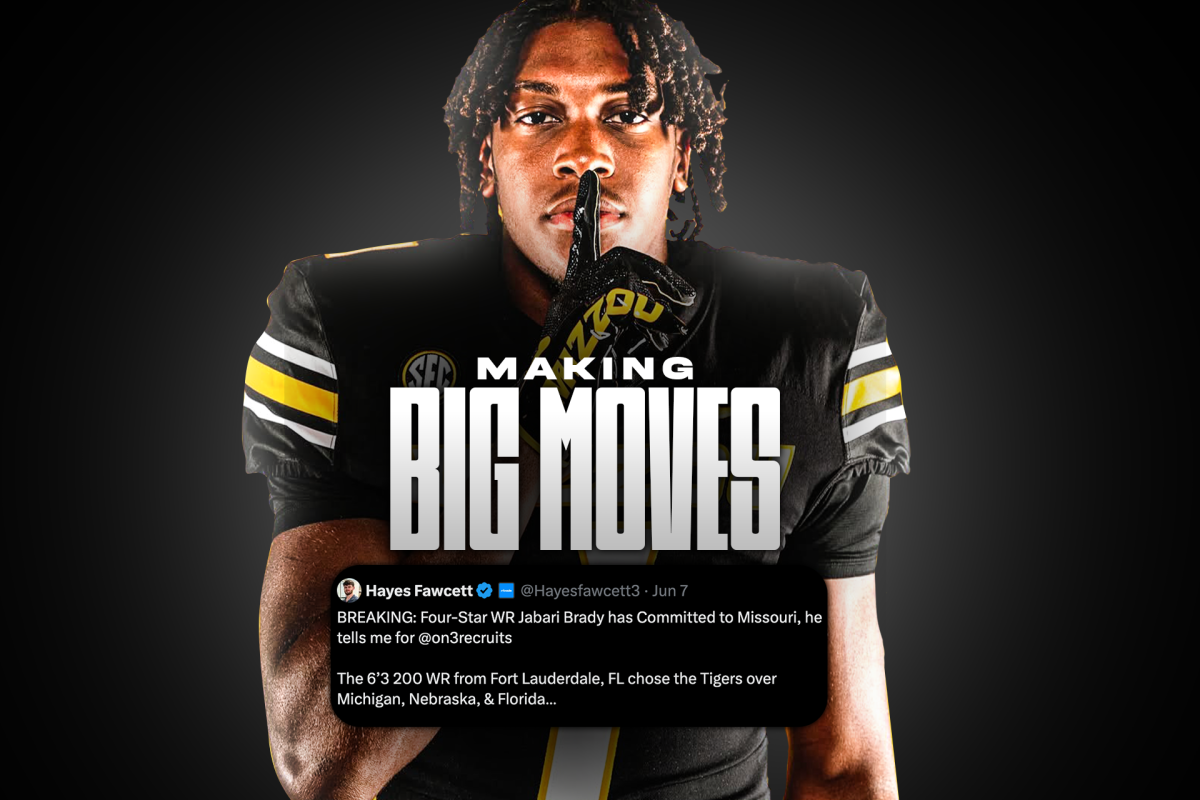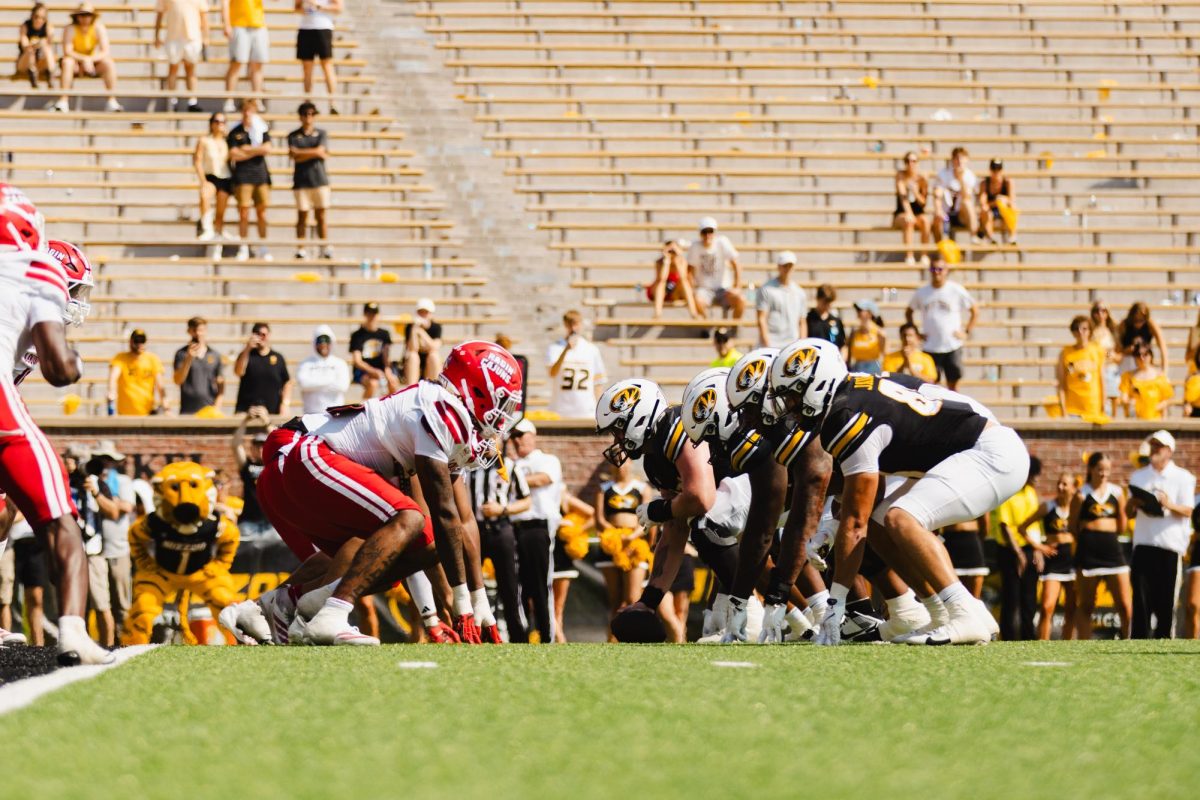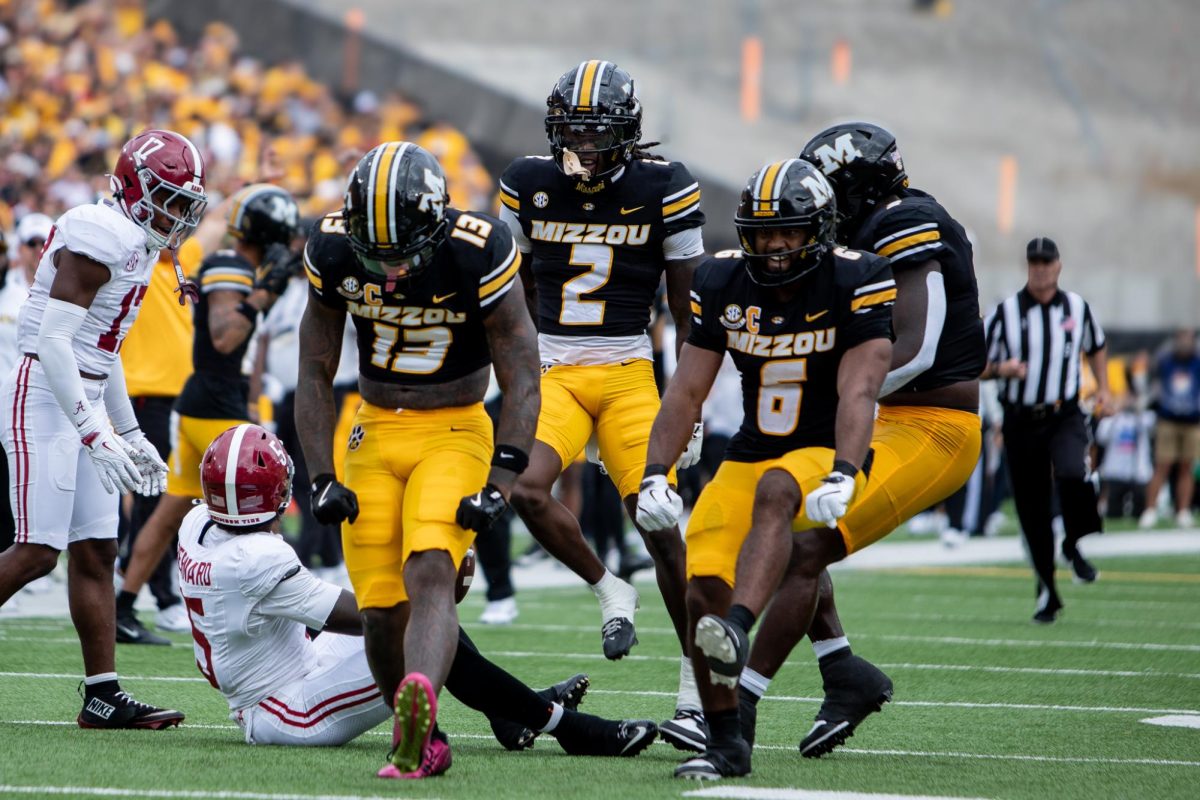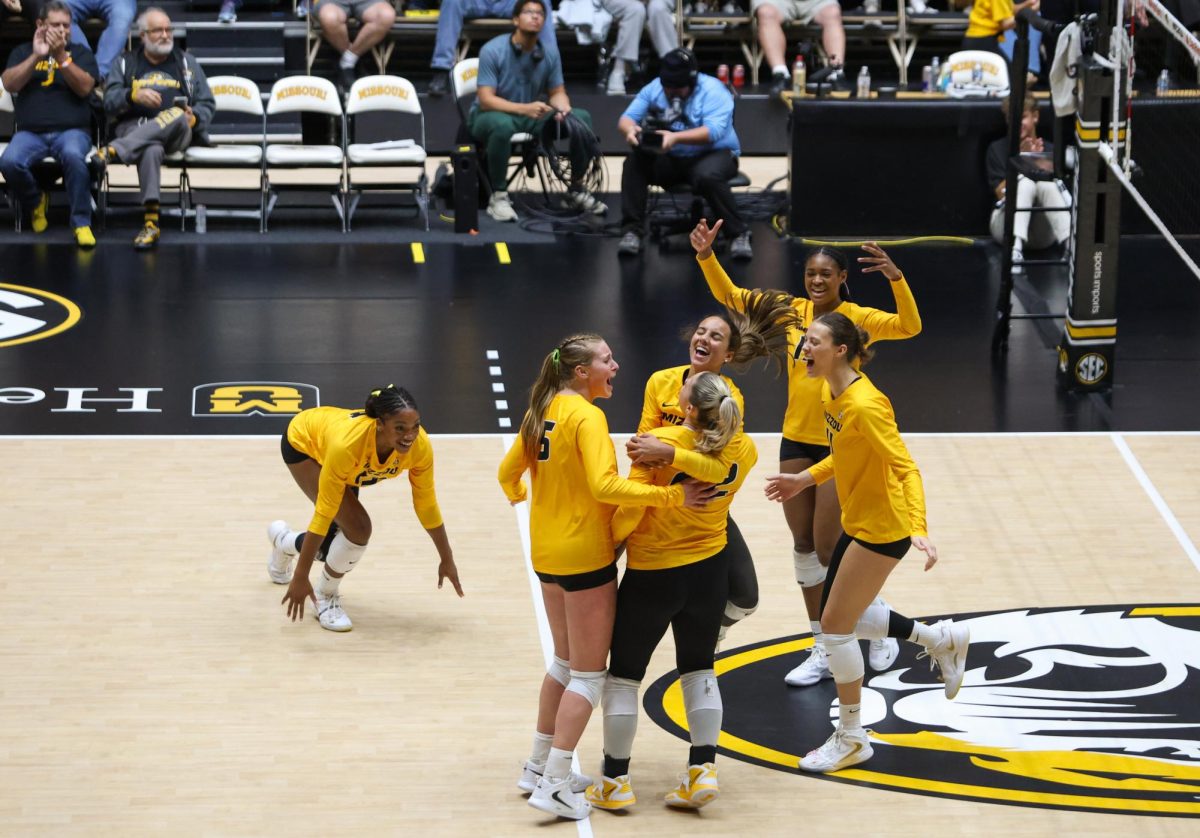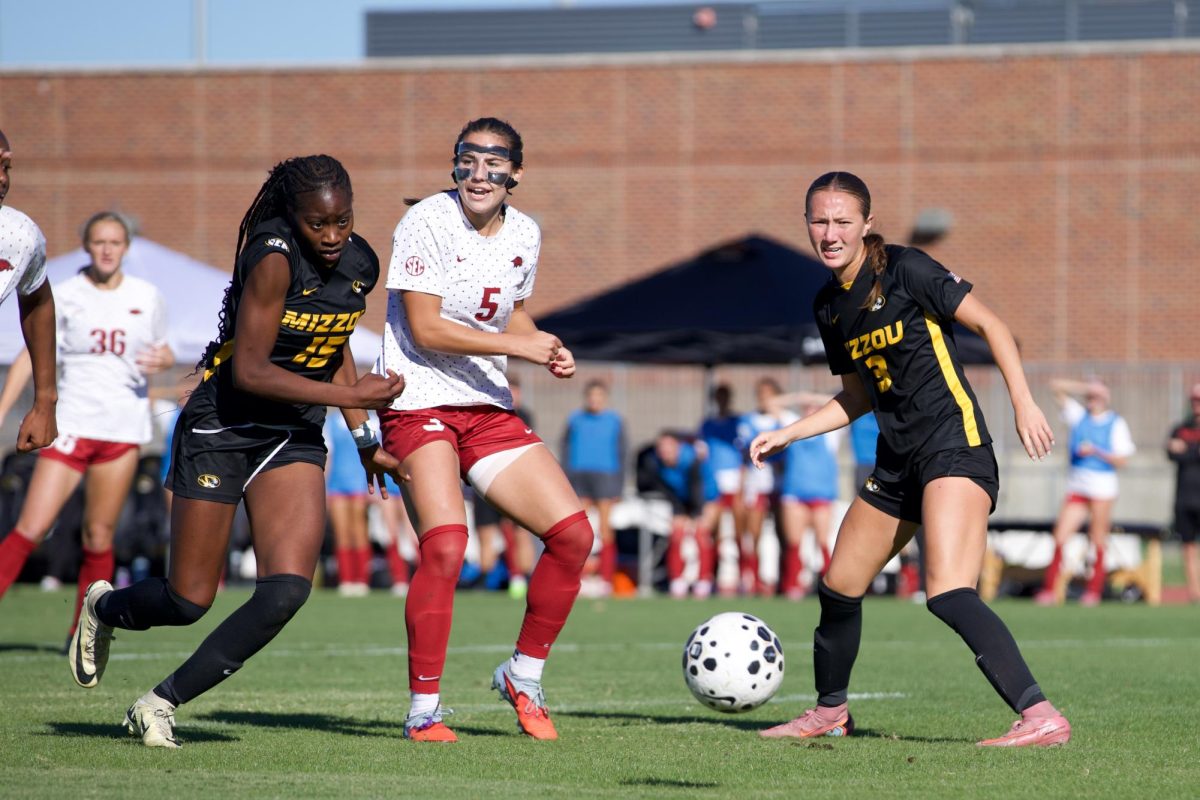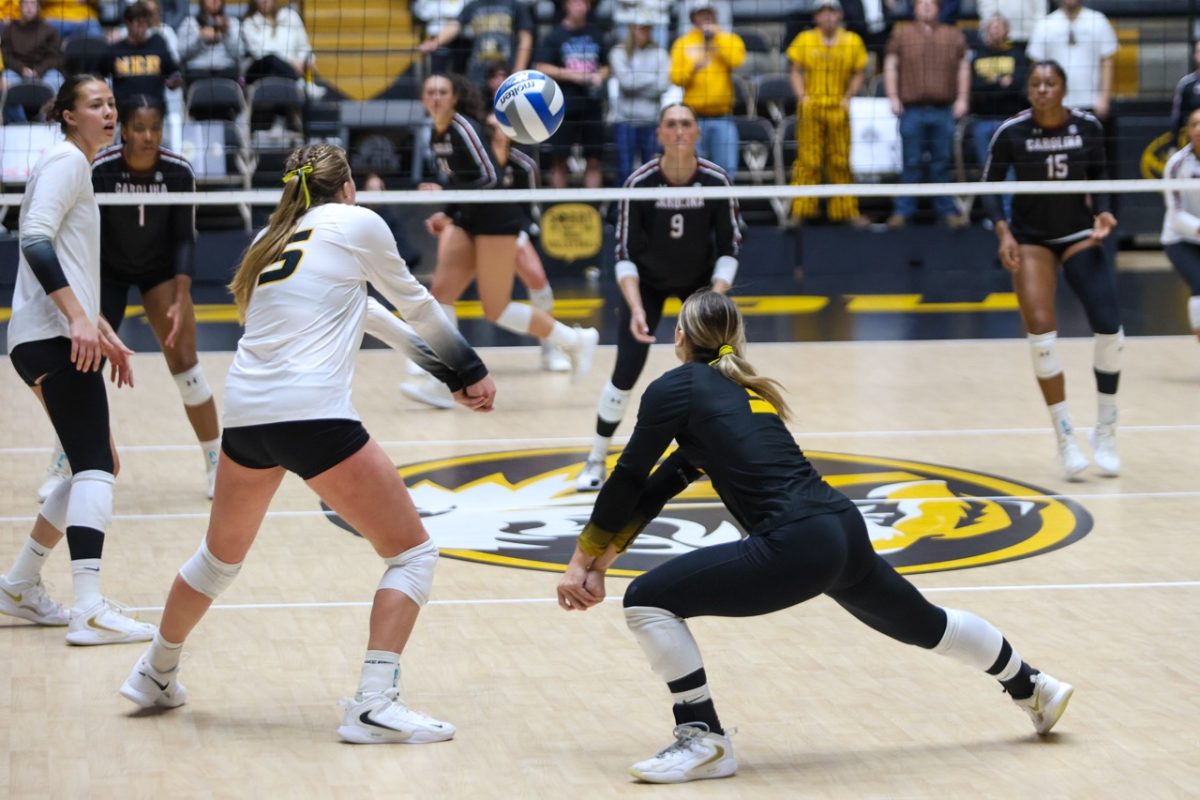Last week aboard the S.S. Big 12, the Aggie decided to jump ship.
Before he could do so, the Bear jumped out and tackled him to the ground. Quickly, the other seven passengers aboard assisted the Bear in tying the Aggie to a chair. They all then turned to Captain Sooner.
The Sooner’s fingers began to tremble atop the wheel of the cruise liner. The master of the sea was dealt the biggest tidal wave of all:
He could continue to steer the ship, convince the passengers to release the Aggie and then replace his lost labor with a nearby Cougar. A ship, after all, needs sailors braver than the storm.
The Sooner also had the choice to ride into the West Coast sunset on a handcrafted raft, leaving the ship to sink and the passengers to search for their own islands of safety.
If the Sooner takes the latter, only his arch-nemesis, the Longhorn, is a sure bet to survive. The richest member of the cruise, the Longhorn chose to aide his fellow passengers in imprisoning the Aggie only because he enjoys his first-class suite too much to paddle his own rowboat to a new home.
The Aggie is demanding. The Bear, the Cyclone and the Wildcat are pleading. The Longhorn is cashing. The other passengers are nail-biting. And the Sooner steers on, completely unsure of which direction to turn the wheel.
Welcome to the chaotic tale of the Big 12 Conference, where reality lives in the coals and the whisper of “super-conferences” looms like the name of a hidden treasure island. It’s as petty as it is ridiculous, but this is the ferry ride that will take us all from old college football to the age that is quickly approaching.
Anyone who has followed the Big 12 since its transition from the Big Eight is well-versed on its flaws. The league is a revenue mess that started with Nebraska and now feeds into the great mouth of Texas. Its collective academics have long soured the region. The conference has failed to ante up to the money-making ways of opponents such as the PAC-12, Big Ten and SEC, thus losing members that are gunning for greener pastures.
Now, member schools are suing each other for the mere reason that they can, not because any of this is right.
A year ago, Big 12 member schools met for revenue reformation in a futile effort to save the conference from collapsing. All it really did was supply a band-aid.
Dollar signs run the money-maker sport of college football, and the reality is that the Big 12 doesn’t earn enough. Last season, the Big 12 earned $139 million to split between its schools. The SEC and Big Ten both earned better than $220 million. The difference is staggering, and it only looks to worsen when the Longhorn Network privatizes revenue on Texas’ behalf.
We’re now at a ridiculous state where Baylor, the Big 12’s historical drag, has led a suing party solely because it knows it is completely unmarketable in the game of conference expansion. Baylor needs the Big 12. It’s not alone.
But the problem is that the Big 12 doesn’t have the marketability to either convince its current members to stay or to attract adequate replacements; it’s why the headliner replacement is BYU, a football independent that was formerly a member of the Mountain West.
The reasons vary from a lack of history (the Big Eight were the “glory days”) to a lack of diversity (prior to Texas A&M’s departure, the league featured Texas roots for four of its 10 schools). As other conferences are building up by adding better programs, they widen the gap the Big 12 must make up in a hurry.
Those in support of the Big 12 better spend this season chronicling the conference, because it’s about to become buried treasure.



